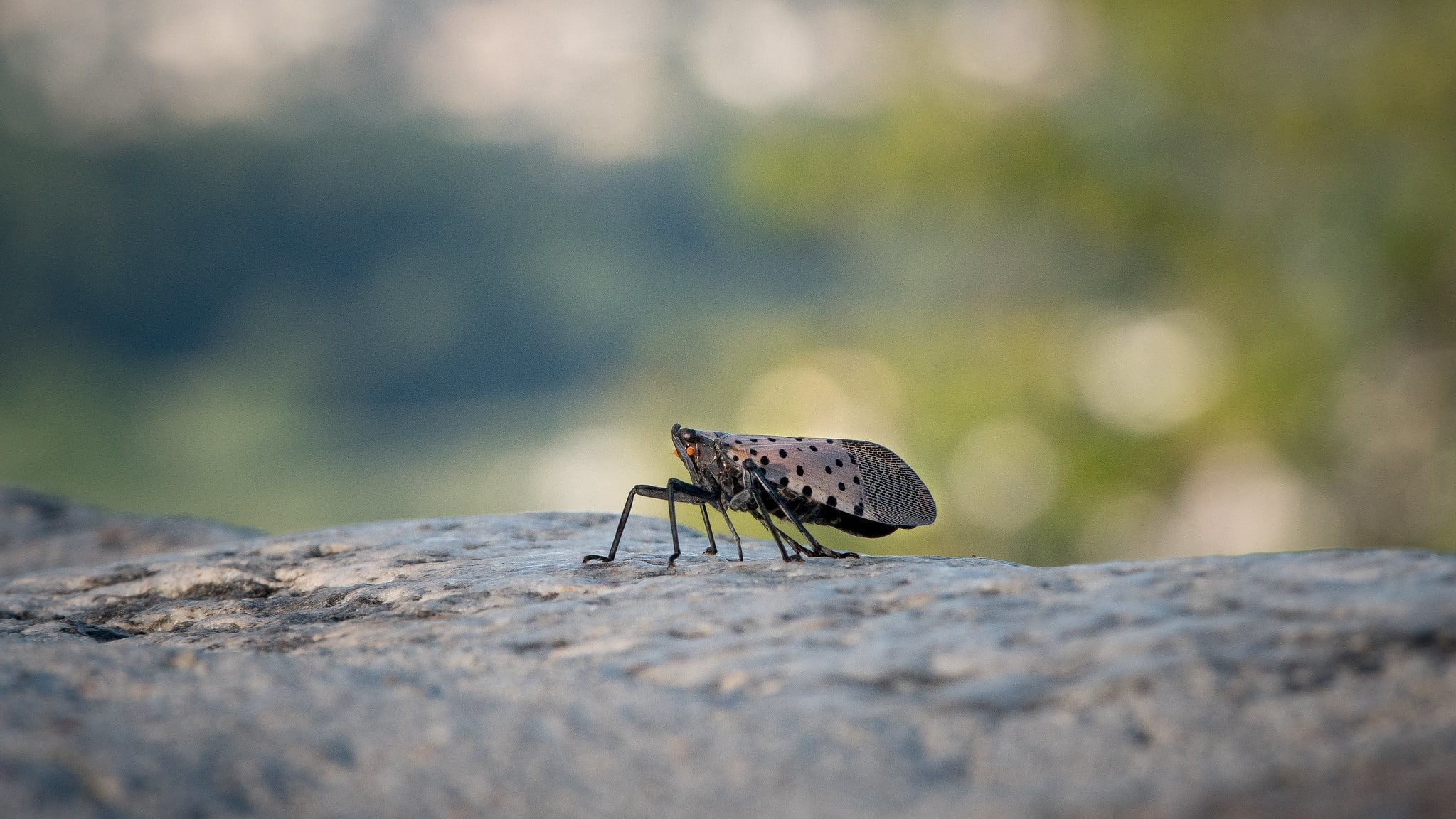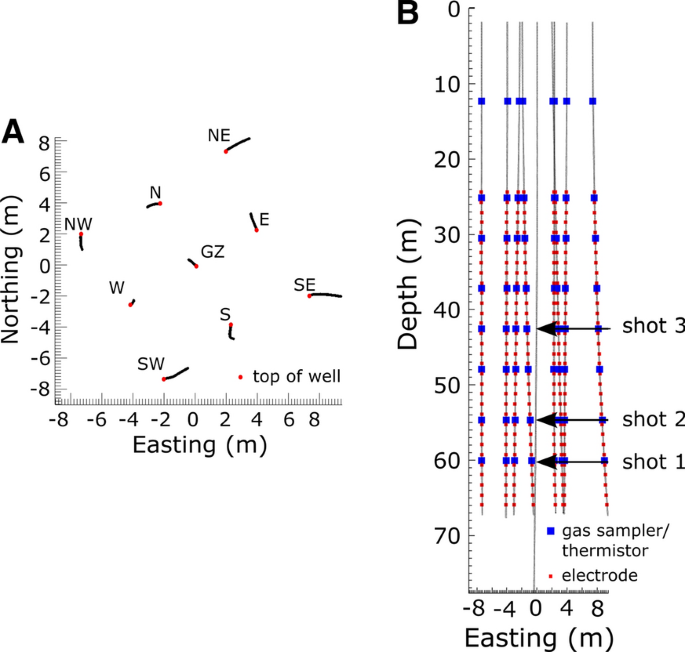2023-01-03 ノースカロライナ州立大学(NCState)

The invasive insect, the spotted lanternfly. Credit: U.S. Department of Agriculture.
この研究では、研究者は、ウェブベースの購読サービスであるブランドウォッチによってまとめられた2つの昆虫、斑点ランタンフライとTuta absolutaに関する過去のツイートを追跡し、Google NewsとGDELT(Global Database of Events, Language and Tone Project)によって集められたオンラインニュース記事も追跡しています。
2014年に米国ペンシルベニア州で初めて報告されたSpotted lanternflyは、アジア原産の昆虫で、ブドウ、サクランボ、ホップ、特定の材木などの植物に被害を与えたり、破壊したりすることがあります。研究チームは、2017年の単年度でペンシルベニア州の斑点ランタンフライに関する過去の投稿を追跡し、その後2011年から2021年の間に世界的に追跡しました。
NC Stateの地理空間解析の大学院生であるAriel Saffer氏は、「いくつかの侵略的な昆虫が世界的な範囲に達している一方で、これらの両方のケースでは、害虫が活発に広がっている」と述べた。と、NC州立大学の地理空間解析の大学院生であるAriel Saffer氏は述べています。「私たちは、これらの情報源を用いて害虫の広がりを追跡することが科学的に妥当であるかどうかを確かめるため、概念実証の研究としてこの研究を開始しました。これらのソースが既存の知識を正確に捉えているかどうかを確認するために、昆虫が存在することが知られている場所での情報を比較しました。”
“ニュースメディアやソーシャルメディアは、特に昆虫の伝播に関する科学的情報がすぐに科学文献に掲載されなかったり、他の科学者が広く利用できない場合、何が起こっているのかをより即座に知ることができる可能性を秘めています。”とSafferは述べています。「また、科学出版物のデータに依存すると、その研究がいつ行われたかに応じて、空間と時間のパッチワークのような範囲を提供することがある。特に地球規模では、その情報が複数の機関によって管理されていることもあり、連続した時間で集約された情報を得ることは難しいかもしれません。”
この研究「ニュースやソーシャルメディアから見える植物害虫の侵入」は、Computers, Environment and Urban Systems誌のオンライン版に掲載されています。共著者には、Chelsey Walden-SchreinerとMakiko Shukunobeが含まれています。
<関連情報>
- https://news.ncsu.edu/2023/01/tweets-news-offer-insights-on-invasive-insect-spread/
- https://www.sciencedirect.com/science/article/pii/S0198971522001661
ニュースやソーシャルメディアから見える植物害虫の侵入状況 Plant pest invasions, as seen through news and social media
Laura G.Tateosian,Ariel Saffer,Chelsey Walden-Schreiner,Makiko Shukunobe
Computers, Environment and Urban Systems Available online: 28 December 2022
DOI:https://doi.org/10.1016/j.compenvurbsys.2022.101922
Highlights
- •Pest-related Tweets and news can augment official records with valuable spatial data.
- •The major and important pest-related topics appeared in both Twitter and news sources.
- •GDELT, Google News, Brandwatch prove viable for accessing historical news about pests.
- •We detail the pros, cons, and data acquisition process for each source.
Abstract
Invasion by exotic pests into new geographic areas can cause major disturbances in forest and agricultural systems. Early response can greatly improve containment efforts, underscoring the importance of collecting up-to-date information about the locations where pest species are being observed. However, existing invasive species databases have limitations in both extent and rapidity. The spatial extent is limited by costs and there are delays between species establishment, official recording, and consolidation. Local online news outlets have the potential to provide supplemental spatial coverage worldwide and social media has the potential to provide direct observations and denser historical data for modeling. Gathering data from these online sources presents its own challenges and their potential contribution to historical tracking of pest invasions has not previously been tested. To this end, we examine the practical considerations for using three online aggregators, the Global Database of Events, Language and Tone (GDELT), Google News, and a commercial media listening platform, Brandwatch, to support pest biosurveillance. Using these tools, we investigate the presence and nature of cogent mentions of invasive species in these sources by conducting case studies of online news and Twitter excerpts regarding two invasive plant pests, Spotted Lanternfly and Tuta absoluta. Our results using past data demonstrate that online news and social media may provide valuable data streams to supplement official sources describing pest invasions.



